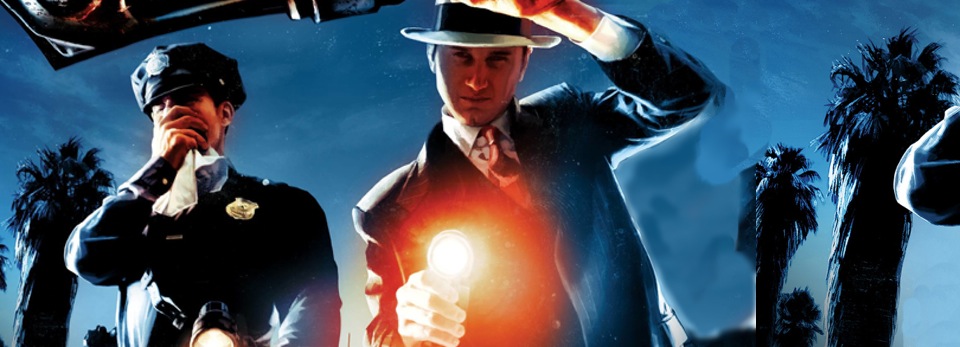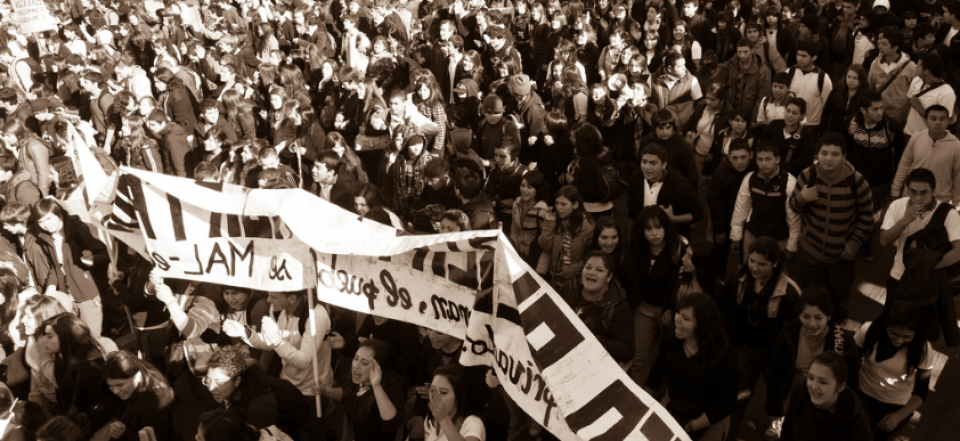Post-Enlightenment Western society relies upon narratives of progress and civilization to cultivate hope that humanity has risen above its primitive foundations (Bayer 346). In his third novel, Cloud Atlas (2004), David Mitchell rejects such a “deterministic view of History as progress” (Machinal 135) as “reconfigurations of the same patterns” are seen across six unrelated narratives in six different settings and time periods (Kucala 109). Prior literature on this text has focused on the novel’s structure as being either a palindrome or matryoshka doll model, or alternatively, as an application of Nietzschean theories of eternal recurrence. This paper, however, explores how Nietzschean or opaque similarity, (as discussed by Kucala, and J.H. Miller, where the contrast between two formulations generates similarity) enables a matryoshka doll structure to better represent the cyclical model of time supported by principles of eternal recurrence, referring to the idea that all events repeat over time. Through the aforementioned palindrome structure, mise en abyme embedded narratives, narrative metalepsis, and remediation, Mitchell depicts how narratives of greed and oppression recur organically across time and space. Such audacious postmodern structural choices encourage the novel’s reflexivity as a metafiction, as a self-awareness of its own fictionality and textuality highlights rather than obscures the stories and individual lives within.
View More “Sunt lacrimae rerum”: A structural analysis of Cloud AtlasTag: postmodernism
Implicit Rape and Female Consent in Thomas Pynchon’s V.
Thomas Pynchon is no stranger to using shocking imagery to get his point across. V. (1963), his first full-length novel, is no exception, containing many instances of rape or attempted rape. The book’s third chapter, however, features a scene that is not explicitly an instance of sexual violence, yet arguably invokes in the reader the same highly invasive, uncomfortable feeling it would if it were an explicit description of rape. In this paper, I will pinpoint the reasons why this might be the case by comparing the second part of the chapter, a seemingly innocent rhinoplasty scene, to the more apparent mentions of rape throughout the book. Particular attention will be paid to similarities in imagery, the agency of the respective victims, and the reactions of male and female witnesses. Additionally, because there seems to be an aspect to the scene that implies it was intended as a metaphor for consensual sex, I will determine what the success or failure of this intended metaphor means for Pynchon’s philosophy on female consent.
View More Implicit Rape and Female Consent in Thomas Pynchon’s V.Displaced Perspective
The United Nations refugee agency – UNHCR – released a report in 2012 which argued that displacement, predominately caused by war, is ‘the new twenty-first century challenge’ (UNHCR Global Trends). Through the perspective of a vulnerable and …
View More Displaced PerspectiveLitter, Landscape and The Road
Cormac McCarthy’s The Road (2006) presents a dystopian vision of a near-future world in which most organic vegetation has died and human life is becoming increasingly rare. It is not unusual for dystopian fiction to …
View More Litter, Landscape and The RoadAre Video Game Narratives Postmodern?
An editorial in the twentieth anniversary issue of the journal Postmodern Culture in 2010 added another voice to mark the gradual retreat of the postmodern…
View More Are Video Game Narratives Postmodern?Insurgent Subliteratures: Fictions of Resistance
This article is concerned with the fictional forms of cultural resistance and experiment of the last twenty years, which I have called alternative fictioneers…
View More Insurgent Subliteratures: Fictions of ResistanceStill Here: Post-Millennial Metafiction and Crypto-Didacticism
In 1993, David Foster Wallace published an essay piece entitled “E Unibus Pluram” in which he outlined his belief that fiction should move away from the ‘critical and destructive’ postmodern irony that he saw as…
View More Still Here: Post-Millennial Metafiction and Crypto-Didacticism






